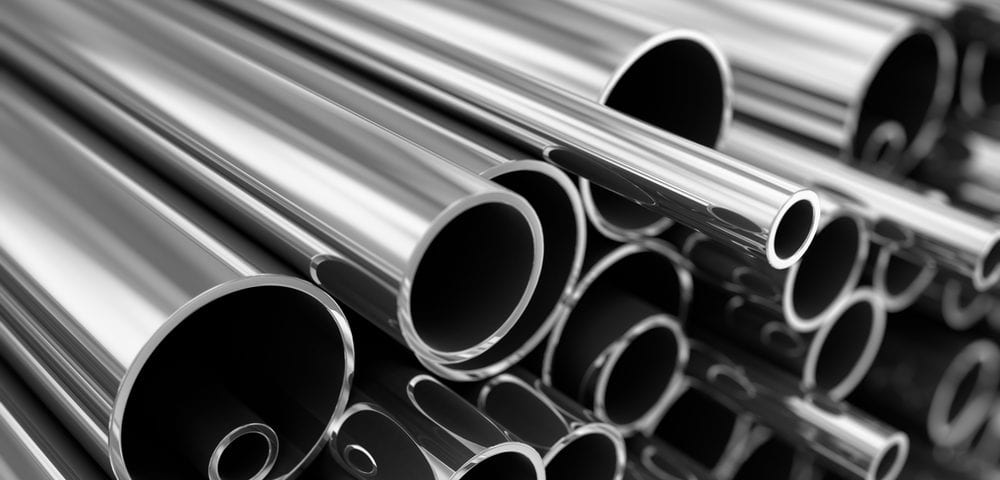Hardness Vs. Toughness Vs. Strength

All You Need to Know About Alloys, Part 2
November 10, 2018
Tempering Steel Process and Uses
November 25, 2018We all use synonyms as part of our daily lives, usually without a second thought. “Small” and “tiny” mean very similar things, if not the exact same thing, and we often use numerous terms like these interchangeably. In the metal and steel world, though, this can be a dangerous practice.
At Wasatch Steel, we have a wide variety of steel tube, plate, bar and other options available for you to choose from. As you’re making your choices, it’s vital to understand that terminology in the steel world is exact and specific – terms are almost never used interchangeably, and you have to be precise. One area where errors are commonly made here? When referring to hardness, toughness and strength of a given metal, all of which mean different things. Let’s go over the basics of each.
Hardness
Hardness is a term that speaks specifically to a metal’s ability to withstand abrasion resistance – or more simply, friction. When rubbing up against or contacting other materials, how well does the material hold up? There are numerous processes within metal working that require high friction resistance, and therefore need high hardness ratings; think of drill bits, grinding discs and numerous other metal tools like screwdrivers or hammers, which constantly produce friction and need to be able to withstand it.
A good example of hardness is the diamond, which is one of the hardest substances on the planet. Scratching a diamond is virtually impossible due to this hardness. But if you smashed that same diamond using a sledgehammer, it would shatter – this is because it’s not tough. Let’s look at toughness next.
Toughness
Toughness, on the other hand, speaks to how good a job a material does at resisting fracturing when force is applied to it. Strength, which we’ll go over in a moment, plays a role in toughness, as does ductility – the more a metal can deform before fracturing, the tougher it is. Silly putty is a great example of how some people think incorrectly about these terms: You wouldn’t think of this as a “tough” substance normally, but if it were a metal, it would be very tough because it can stretch to a huge degree before breaking.
Strength
Finally, there’s strength, which refers to the amount of force needed to deform a material. The more force needed, the higher the strength. Steel, for instance, is known to have very high strength due to how hard it is to pull apart.
Overlap
Now, it’s important to note that many metals have overlapping hardness, toughness and strength qualities. A metal can be both hard and strong, such as a drill bit. It can also be tough and strong, such as an anvil. Or in other cases, materials may need to be hard and tough, but not worry too much about strength – think about bulletproof glass, for instance.
In addition, it’s possible to enhance these qualities in a given metal. A common format here is ceramic coatings, which increase hardness for metals that lack it but are already strong and tough.
For more on hardness, toughness and strength in metals, or to learn about any of our steel services or buy steel online, speak to the staff at Wasatch Steel today.



